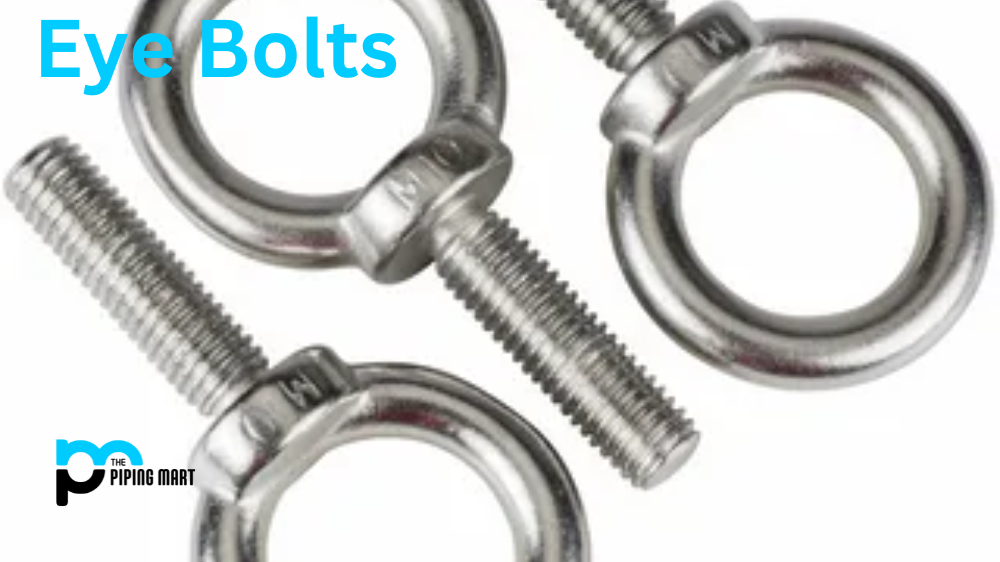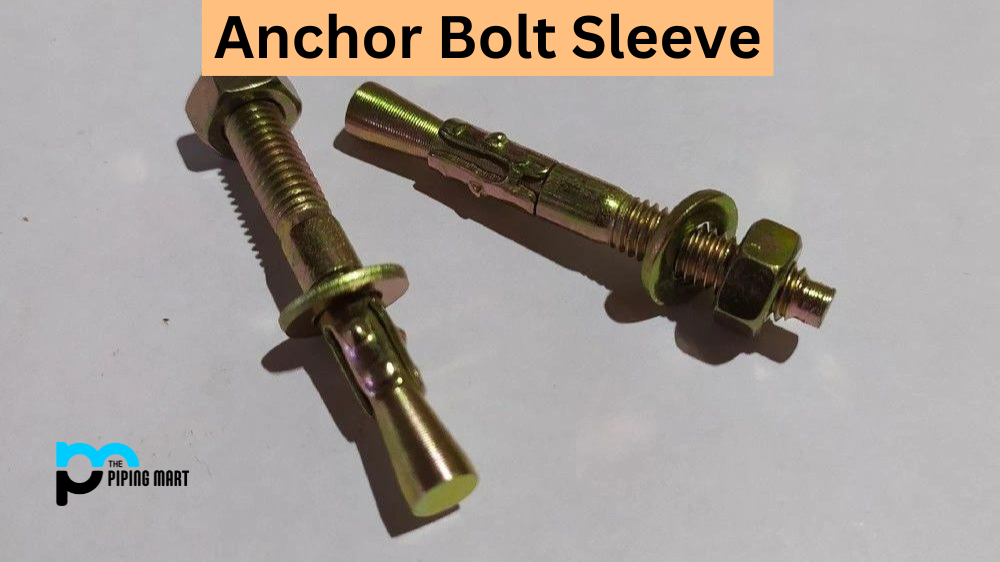Choosing the right fastening system is crucial to ensure the safety and strength of your construction project. Two popular options in the market are Dynabolt and Chemist, both designed to provide a secure anchoring solution. But how do you know which one to use for your specific project? In this blog post, we’ll dive into the differences between Dynabolt and Chemset so you can make an informed decision.
What is a Dynabolt?
A dynabolt is a type of bolt used to connect two pieces of metal. It is made from a strong material, such as steel, and has a threaded portion that can be screwed into place.
What is a Chemist?
A chemist is a type of adhesive that is used to connect two pieces of metal. It is made from a strong material, such as steel, and has a threaded portion that can be screwed into place.
Difference Between Dynabolt and Chemset
Composition and Use
Dynabolt is a mechanical fastener with a threaded end that expands once inserted into the material to be anchored. It is made of hardened steel and comes in different diameters and lengths depending on the application. Dynabolts are ideal for securing items with relatively low load requirements, such as wall brackets, shelves, and handrails.
On the other hand, chemist anchors are made of epoxy resin that is injected into a drilled hole along with a threaded rod or bolt. The chemical reaction between the resin and hardener creates a durable bond, providing excellent adhesion to the surrounding material. Chemists are commonly used for heavy-duty applications such as anchoring steel columns, bridge supports, and concrete structures.
Installation
Dynabolts are relatively straightforward to install and require only a hammer, drill, and wrench. A hole is drilled into the material, and the dynabolt is hammered into place, which causes it to expand and grip onto the surrounding material. Once the bolt is tightened, the anchor is firmly secured.
Installation of chemist anchors requires more preparation and specialized equipment, such as an adhesive dispenser and mixing nozzle. A hole is drilled into the material, and the rod is inserted along with the chemist resin. The resin takes time to cure, so no force should be applied until the hardening process is complete.
Load Capacity
Dynabolts have a limited load capacity ranging from 200-600kg. This makes them suitable for lightweight applications that require a solid anchor. However, they are not recommended for high-stress applications with a weight capacity above their recommended range.
Chemset anchors have a much higher load capacity and can withstand loads ranging from 2,000 to 20,000kg, depending on the size and type of anchor used. Thus, chemist anchors are preferred for heavy-duty applications requiring a strong and reliable fastening system.
Cost
Dynabolt anchors are relatively inexpensive and widely available, making them an affordable option for most applications. While they may not be as strong as chemist anchors, they are perfect for many common household uses and light commercial applications.
Chemset anchors are more expensive and require specialized equipment for installation, which increases the overall installation cost. However, their superior strength and durability make them ideal for more demanding applications where safety and reliability are critical factors.
Which is better?
There are many factors to consider when choosing between a dynabolt and a chemist, such as the size and weight of the object being attached, the environment in which it will be used, and the level of vibration that will be present. However, chemists are generally considered stronger and more durable than Dyna bolts. Additionally, chemists are less likely to loosen over time, making them ideal for high-vibration applications.
Conclusion
Regardless of whether you choose to use Dynabolt or chemist, always follow the manufacturer’smanufacturer’s instructions regarding installation and load capacity. Consider your specific application carefully, considering load capacity, durability, and cost. Whether it’s a lightweight or a heavy-duty construction project, the right fastening system will ensure that your structure remains safe, reliable, and secure for years to come.

Pipingmart is a B2B portal that specializes in metal, industrial and piping items. Additionally, we share the latest information and information about materials, products and various types of grades to assist businesses that are involved in this business.




